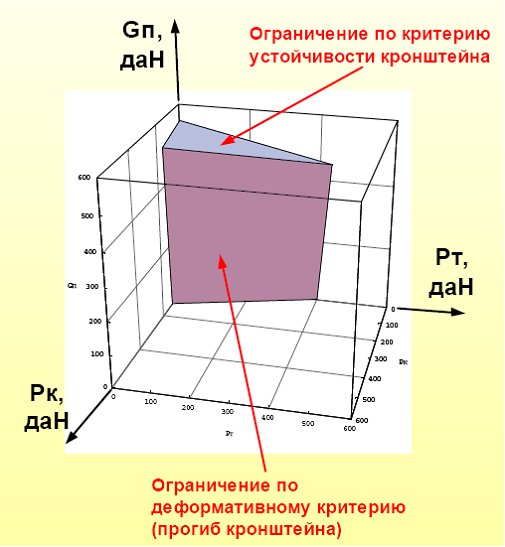
Modification of the catenary system work-pieces calculation methods
When designing catenary system work-pieces, designers always keep in mind that there is a whole lot of contradictory requirements to be met. A construction, for instance, should have a maximum carrying capacity, an allowed minimum bulk, a higher electric and thermal conductivity coefficient, also a higher corrosion resistance and durability rate, a minimum cost and should be simple and easy-producible.
To meet the requirements mentioned above, calculations are necessary. To perform the latter, the modern FEM-based engineering analysis software pack-ages are used. Using the most advanced software packages, however, designers still face some complex problems, and the detailed solutions to these cannot always be found within the existing manuals or NDs.
 What calculated load and various influence combinations are to be taken into account? What are the normal construction functioning criteria? If construction elements are adjustable (i.e. console-like constructions) and carrying capacity depends significantly on the adjustable element position, then what position of these elements is to be taken into account for calculation? What suppositions may be accepted when designing the finite-element models, and what construction peculiarities are essential?
What calculated load and various influence combinations are to be taken into account? What are the normal construction functioning criteria? If construction elements are adjustable (i.e. console-like constructions) and carrying capacity depends significantly on the adjustable element position, then what position of these elements is to be taken into account for calculation? What suppositions may be accepted when designing the finite-element models, and what construction peculiarities are essential?
Searching for answers to similar complex questions and knowledge systemization are the research object in the current research line.
Copyright © 2004-2025 J.S.C. «UNIVERSAL CATENARY SYSTEMS» Developed by«Internet Promotion»
